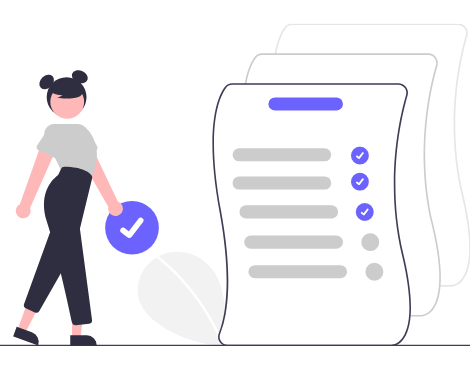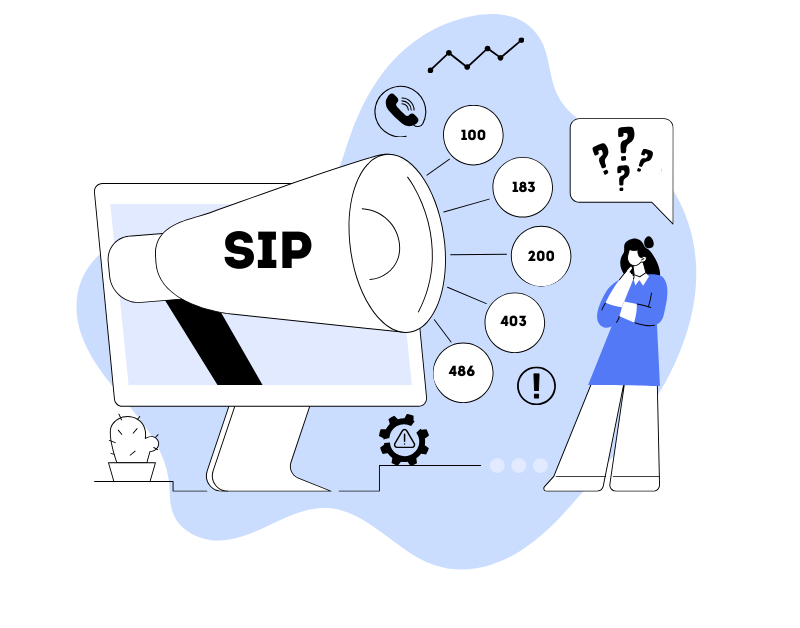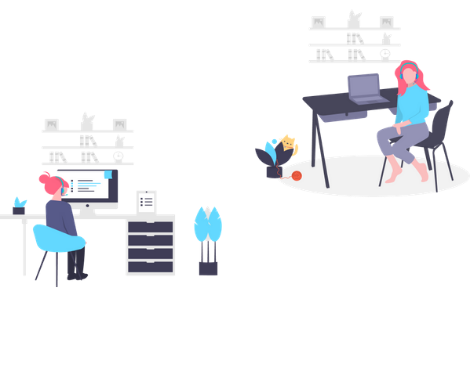Agent shortages – a problem found in every other contact center. Traditionally, there are considered to be three global reasons for the shortage: low wages (and in general, not the best working conditions), the seasonality of candidate activity, and some “unreachable” factor (nobody has seen it, but it devours people in front of the office and turns off their phones). Other factors that influence the availability of a sufficient number of people on the line remain out of focus. Let’s see what needs to be taken into account to ensure enough agents.
Here’s a checklist to help solve the problem. For simplicity, it is assumed that the contact center has one site, with work going on in only one direction (or it is an outsourcer with one project), there are no remote employees, and HR reports to the site manager. To keep the text concise, I won’t drag along phrases like “in the city where the contact center is located”, focusing on the essentials instead.
General knowledge for planning
- Is the management aware of the turnover curves that agents are facing seasonally: the first one relating to resignations, the second to other reasons, including temporary absences due to illness? For instance, if we take the turnover for the second week of March due to resignation as the unit of reference, what would be the corresponding number for the third week of November?
- Is the RSF coefficient used when planning shift schedules and daily staff needs (shows how many times more agents you need to have on staff than to perform the job, for example, to replace those who have gone on vacation or fallen sick, the reverse analogue is called Shrinkage).
- Are seasonal candidate activity trends known (the dynamics of responses to vacancies and conversion rate spikes to interview and training attendance). Are they used when planning staffing needs?
- Are seasonal demand curves for the product/service supported by the contact center studied? By the way, this is particularly relevant for outsourcing, because even with a customer load forecast, you can plan for a volume growth beyond the dynamics of the forecast in advance.
- Is there any information about seasonal structural changes in the target audience (for instance, grandmothers become more active, conversations get longer, the need for agents, all other things being equal, increases)?
- Similarly, is there any statistics on the drift of Average Handling Time (AHT)? Over time, AHT changes. Interestingly, it usually increases by 20-30% even during the day, so in the evening there may not be enough agents to handle the same volume of work as in the morning.
- There’s a proven hypothesis that a sharp positive dynamic of AHT and its components (Ring, Talk, Hold, Wrap-Up time) from a single agent within the group without any apparent reasons, in about 80%-85% of cases, is a predictor of resignation (that is, the employee has already made the decision, but hasn’t yet told the supervisor). In any case, the supervisor should have a discussion with them. Perhaps, the agent is not planning to quit, but they might be in trouble or feeling unwell.
- Are there any plans for new project launches or significant modifications to the existing one? This will also change the AHT and the need for agents. At the same time, significant changes typically entail a sharp increase in processing time – up to 6 times the nominal value until the agents get used to the new conditions.
Essential External Forecasts for Planning
- A month-long weather forecast. In certain cities, such as Saratov, it can be particularly challenging to commute to work by any means of transport during a snowstorm. And in Sevastopol, people tend to be lazy to go for interviews in the rain. This implies that the weather factor should be incorporated not only in HR plans, outlined on a daily basis, but also in work shift schedules (and factored into that very RSF coefficient). By the way, it’s a best practice when a supervisor or employee responsible for the schedule knows in which district each agent from his team lives. Especially for such situations when the weather needs to be taken into account in advance.
- Forecasting mass events (On Monday morning after the concert, some agents reveal that they had food poisoning from barbecue) and forecasting events that burden the transport infrastructure, such as visits of the head of state.
- Epidemic forecast. Seasonal infections, not counting Covid-19, could easily put up to 40% of contact center agents on sick leave, and when this coincides with winter exam sessions for students, it becomes quite a challenge.
- If the contact center is large and you want it to look really impressive, future pregnancies should also be taken into account, as the peak periods for maternity leaves are also pronounced.
- Forecast on the emergence of major competitors in the labor market. The author of this note somehow saw Auchan and Metro open almost simultaneously within a close proximity, we joked about Leroy sparing us, otherwise, it would have been a complete alles gut. Hypermarkets sucked away half of our agents within a week, the 30% difference in their incomes in favor of the newcomers was evident. It is highly recommended to study those who [will be] near you and prepare in advance. Sometimes it makes more sense to relocate to a different office.
- When possible, it is always beneficial to keep a pulse on anticipated salary raises in neighboring contact centers, particularly if the jobs offered there are perceived as more prestigious than yours.
Internal Plans
- Vacation schedule – for obvious reasons.
- Meeting plans for a month in advance, or two weeks at the very least. It’s a typical scenario: when call losses exceed acceptable limits, it could be because an internal or external client visited to congratulate the best agent on their birthday, and by the way, distribute some certificates. This should be done en masse, not one by one, to make sure everyone sees – to take them off the line. In general, meetings outside the approved plan should only be held with the consent of the contact center manager.
- The same applies to the training plan, only the planning horizon is shorter. The training plan, including individual coaching sessions with agents, should be scheduled a week in advance. A week – because the need for training with some agents arises dynamically and the supervisor may not have enough spare time.
Conclusions
For efficient scheduling, ensuring that your contact center is consistently staffed with the necessary number of agents, it is essential to account for no less than 16 listed knowledge points, plans, and forecasts. Failure to do so will lead to unplanned events both external and internal to your center, resulting in scheduling errors typically known as “Sonya, please work overtime”. Until the point Sonya decides to turn off her phone on weekends.
Organize your call center with Oki-Toki!



